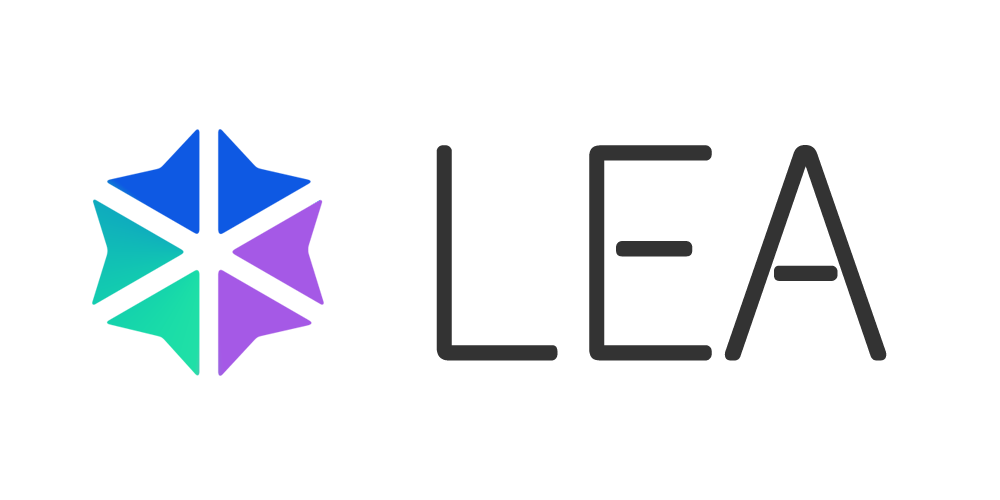
9. Use Cases: Programmable Object Domains (PODs)
The true power of LEA’s architecture is realized through the deployment of Programmable Object Domains (PODs). A POD is a self-contained ecosystem of Decoders and smart contracts designed to serve a specific application or use case. Because each POD defines its own execution logic, they can be tailored to meet vastly different technical, business, or regulatory requirements, all while coexisting on the same secure consensus layer.
Below are several examples illustrating the breadth of possibilities.
6.1. Real-World Asset (RWA) POD
Use Cases: Programmable Object Domains (PODs)
A domain for tokenizing and managing real-world assets, such as commercial real estate, renewable energy projects, or private equity.
- Custom Decoder Logic:
- Enforces KYC/AML checks by verifying signatures from whitelisted identity oracles.
- Requires transactions to be co-signed by a licensed custodian or regulatory body.
- Smart Contracts:
- An asset contract that represents ownership and defines rules for transfer, dividends, and voting rights.
- A governance contract that allows verified asset holders to vote on corporate actions.
- Tokenomics:
- The POD could use a stablecoin (e.g., USDC) for investment and fee payments, facilitated by a fee-sponsoring Decoder.
Privacy POD
An ecosystem designed for confidential transactions, leveraging zero-knowledge cryptography.
- Custom Decoder Logic:
- Instead of a standard signature, the Decoder is programmed to verify a zk-SNARK or zk-STARK proof.
- The transaction
Payloadwould contain the proof and encrypted memo fields, which the Decoder validates against an on-chain Merkle root of shielded commitments.
- Smart Contracts:
- A shielded pool contract that manages the addition and removal of encrypted notes (UTXOs).
- Tokenomics:
- Could feature a native privacy coin or allow users to shield existing assets from other PODs.
Decentralized Exchange (DEX) POD
A high-performance trading environment with a unique fee structure.
- Custom Decoder Logic:
- Implements a “batch auction” model where all trades in a block are collected and settled at a single clearing price, preventing front-running.
- Fee logic could be designed to reward liquidity providers by giving them a percentage of trading fees, paid out in the POD’s native governance token.
- Smart Contracts:
- Automated Market Maker (AMM) or order book contracts.
- Liquidity pool and staking contracts for yield farming.
DAO & Governance POD
A flexible framework for building and managing Decentralized Autonomous Organizations.
- Custom Decoder Logic:
- Supports multiple signature schemes simultaneously: a user can sign with their individual key, or a transaction can be authorized by a Gnosis Safe-style multi-sig contract.
- Implements custom voting validation, such as quadratic voting or reputation-weighted voting, directly within the Decoder.
- Smart Contracts:
- A treasury contract for managing DAO funds.
- A proposal contract for submitting and tracking governance proposals.
- A vesting contract for contributor token allocations.
L1 Consensus-as-a-Service POD
An external blockchain or Layer 2 network can use LEA as its consensus and data availability layer.
- Custom Decoder Logic:
- The Decoder is programmed to understand the transaction format and state transition function of the external chain (e.g., it could run a minimal EVM interpreter).
- It validates state roots submitted by the external chain’s sequencers.
- Functionality:
- The external chain posts its blocks as data within the
Payloadof a LEA transaction. - The LEA chain provides canonical ordering and finality for the guest chain’s blocks.
- This enables trustless bridging, as contracts on different PODs can all verify the state of the guest chain by querying its POD on LEA.
- The external chain posts its blocks as data within the
These examples demonstrate that LEA is not a single-purpose blockchain but a true meta-layer protocol—a secure and decentralized foundation upon which countless sovereign digital domains can be built.